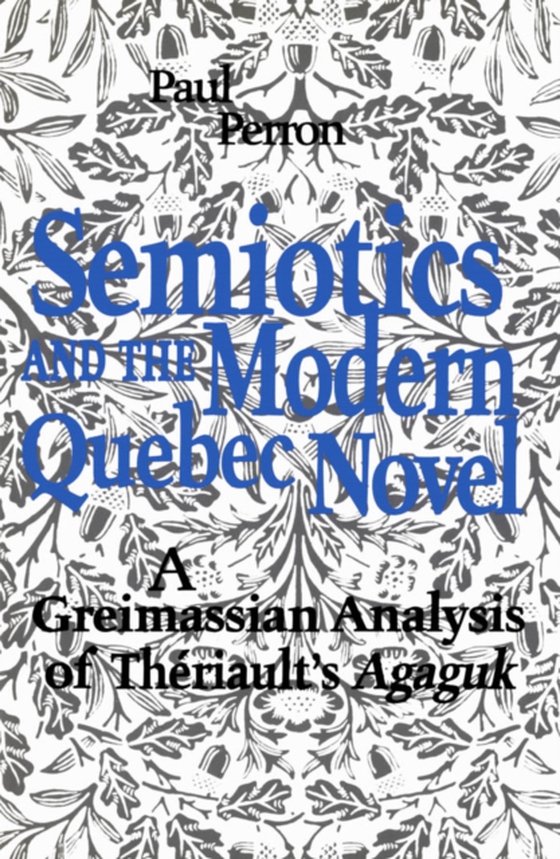
Semiotics and the Modern Quebec Novel e-bog
473,39 DKK
(inkl. moms 591,74 DKK)
The most popular novel in Quebec since the Second World War, Yves Theriault's Agaguk, was published just before the Quiet Revolution, a period of major political and cultural transformation that radically altered Quebec society at the beginning of the 1960s. In this original socio-semiotic reading of the novel in translation, inspired by A.J. Greimas and the Paris School of Semiotics, Paul Perr...
E-bog
473,39 DKK
Forlag
University of Toronto Press
Udgivet
17 december 1996
Længde
170 sider
Genrer
2ABM
Sprog
English
Format
pdf
Beskyttelse
LCP
ISBN
9781442683884
The most popular novel in Quebec since the Second World War, Yves Theriault's Agaguk, was published just before the Quiet Revolution, a period of major political and cultural transformation that radically altered Quebec society at the beginning of the 1960s. In this original socio-semiotic reading of the novel in translation, inspired by A.J. Greimas and the Paris School of Semiotics, Paul Perron examines the Inuit setting and characters of Agaguk as metaphors for Quebec society. Semiotics and the Modern Quebec Novel is one of the few semiotic analyses to deal with an entire novel, and illustrates the heuristic value of this complex methodology with respect to long prose texts in English. Perron distinguishes the operation of multiple signs in Agaguk and establishes a narrative grammar, based on an actional and cognitive semiotic theory, that can be applied to a text as complex as a novel. For this purpose he redefines the concept of the sign and introduces a semiotics of passions that conditions the characters' actions. All of this takes place within the context of a semiotics of the subject, where the value systems that motivate the collective must be overcome, negated, and even eradicated by the individual subject before a new moral and sexual identity can come into being, independent of the traditional body politic.Perron's Greimassian analysis of Agaguk functions as both a demonstration of the workings of that text and an example of socio-semiotic analysis, while situating literary semiotics within the larger framework of linguistic theory and literary studies.
 Dansk
Dansk

